

Keith Hunter is fascinated by the chemistry of the oceans and what we can learn. His research looks at trace metals in natural waters – minute amounts of metals, occurring in tiny quantities, but ...
READ MORE

Riley and Steve Hathaway want to change the way young people think and act towards the ocean. Their vision is to “Inspire kids to enjoy and care for the world’s oceans”. Rights: The University of ...
READ MORE

Position: Television presenter and producer, Field: Education and entertainment, Organisation: Young Ocean Explorers. Teenager Riley Hathaway started life as a water baby. With a dad who loves ...
READ MORE
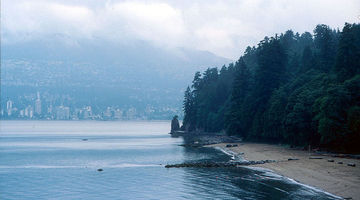
In this activity, students observe the processes of evaporation and precipitation by creating a model that simulates the water cycle. By the end of this activity, students should be able to ...
READ MORE

in this activity, a class or group of students create several soundscapes to gain a greater appreciation of how background sound differs from one geographical setting to another. By the end of ...
READ MORE
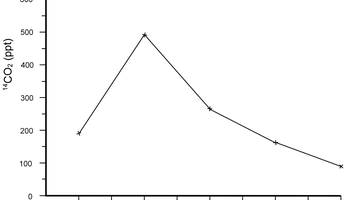
In this activity, students interpret graphs from a long-term study of carbon dioxide in the atmosphere of New Zealand. They explore how the interval between samples affects the conclusions we are ...
READ MORE
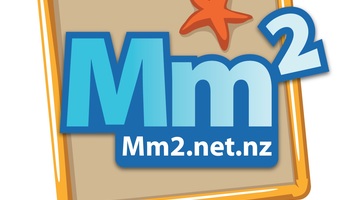
Marine Metre Squared is a New Zealand citizen science project that supports communities to monitor their local seashore. The project has been designed to provide meaningful, valid environmental ...
READ MORE

Weddell seals and orca are among the top predators in the Ross Sea region of Antarctica, and more than half of the Weddell seal population can be found in the Ross Sea. Information about changes ...
READ MORE
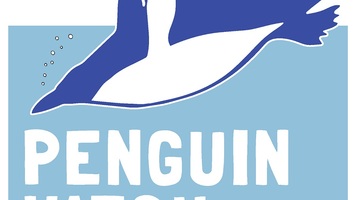
Help scientists establish valuable baseline data about the numbers, locations, habits and health of penguins in a range of Southern Ocean sites. This information will enable better understanding ...
READ MORE
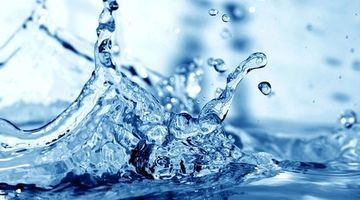
About 70% of Earth’s surface is covered by water. It is found just about everywhere and is the only naturally occurring substance on Earth existing in solid, liquid and gas states. Water is ...
READ MORE
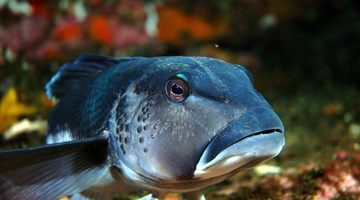
There are many marine classroom activities and resources on the Science Learning Hub useful for Seaweek 2015. This online PD session recorded on 19 February 2015 shows primary and secondary ...
READ MORE

Do you need resources for Seaweek? Are you planning a science unit on the sea? In this online PD session recorded on 18 February 2016, PD provider and teacher Barb Ryan explores some of the ...
READ MORE
In this video, Dr Candida Savage, from the University of Otago, talks about how New Zealand’s pristine habitats are like ‘natural laboratories’. This is because they offer good opportunities to ...
READ MORE
In this video, Associate Professor Stephen Wing, from the University of Otago, talks about how our understanding of food webs has changed over the years. We now have a much better understanding ...
READ MORE
Gail Thomson, Associate Principal at Swanson School, and her students use resources from across the Hub to explore the effects of temperature and salinity on ocean currents and water density ...
READ MORE

Sea stars have many weird and wonderful adaptations including both sexual and asexual reproduction. Click on any of the labels in this interactive to view short video clips or images to learn ...
READ MORE

Sea stars have many weird and wonderful adaptations – including some unusual internal systems. Click on any of the labels in this interactive to view short video clips or images to learn more ...
READ MORE
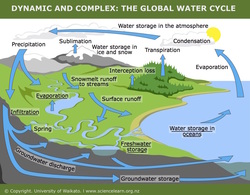
Water in the Earth system is influencing all aspects of life on Earth. Pathways, storage, transfers and transformations have an effect on the global climate and human welfare. Within this ...
READ MORE